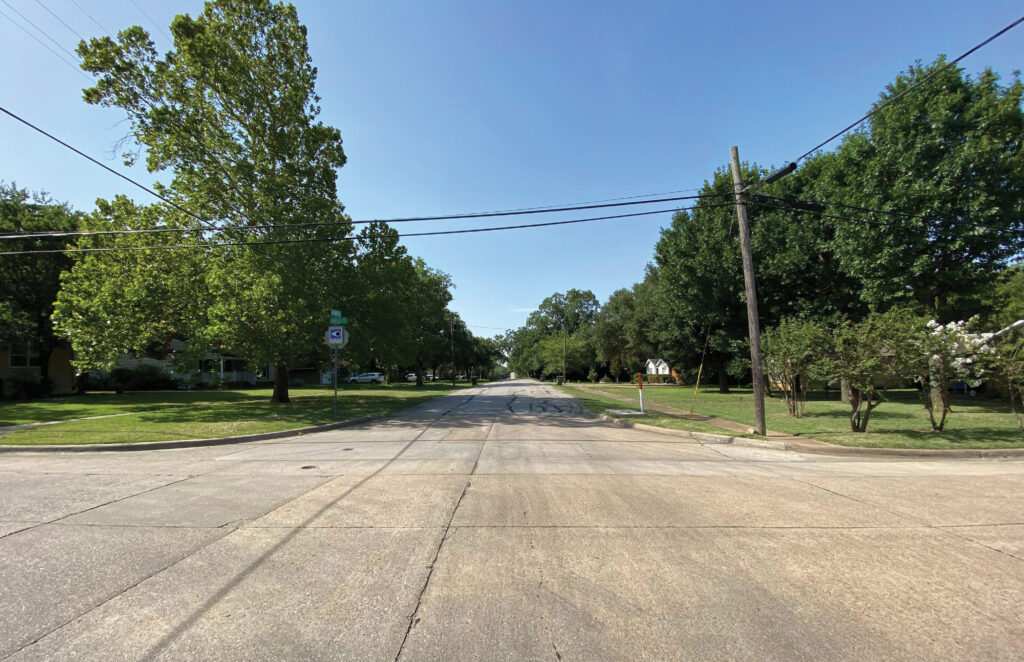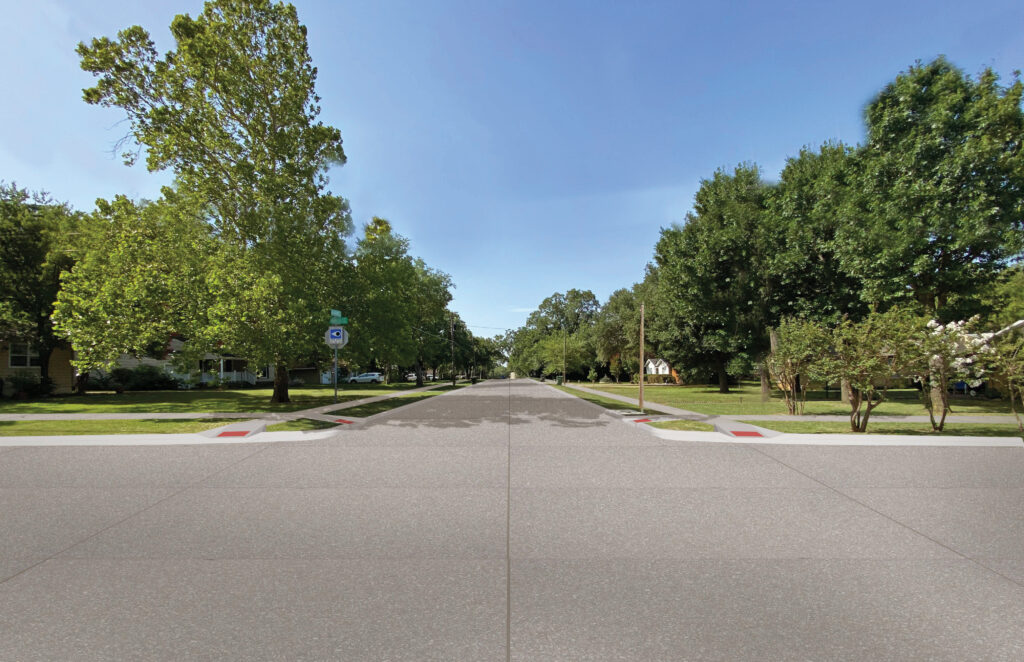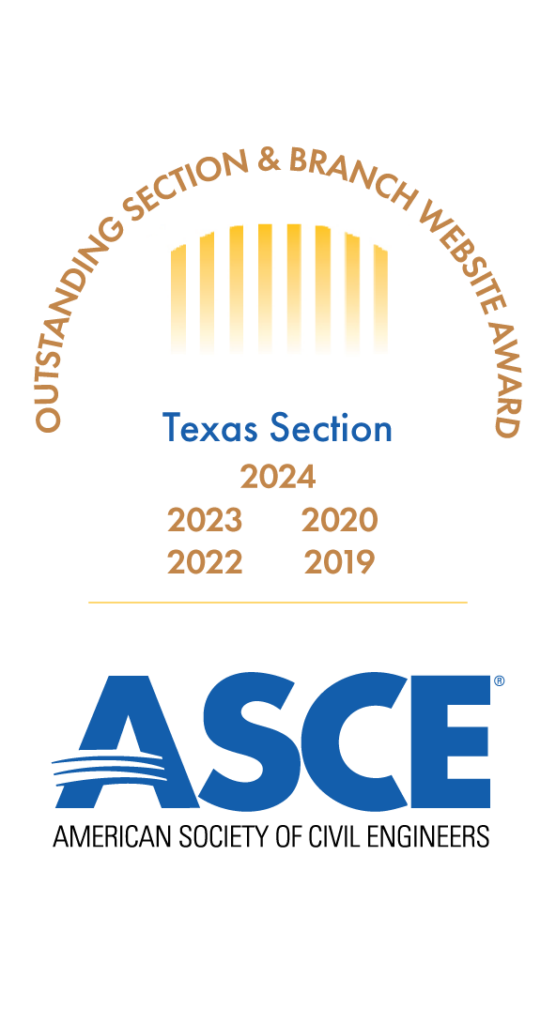Revitalizing Infrastructure: An Efficient and Cost Savings Approach

Every day, as civil engineers, we get to get to see designs come to life. We observe how infrastructure improvements positively impact our communities. As we know, all infrastructure has a finite lifespan, but routine maintenance and improvements can improve that longevity exponentially. The lifespan of roadway pavement, for example, can be extended—not surprisingly– simply by performing routine maintenance every three to five years.
Proactive, Not Reactive
For cities, a proactive approach can easily and efficiently revitalize existing infrastructure. Properly employed condition assessments can determine what needs maintenance, repair, or replacement. Bringing in outside experts can lead to cost savings. Jonathan Wheat, Director of Engineering for the City of Carrollton, says, “For example, we utilize a third party to survey the roads and collect the information (about their condition).” Wheat says the experts then combine that information with issues the City is already aware of, “such as Public Works callouts and work orders, water/wastewater condition reviews, and drainage issues” in the contiguous areas. The combination of outside help and the City’s own “boots on the ground” documenting conditions and locations provides for an effective analysis that produces comprehensive improvement plans.
The Packaged Deal
If there are various issues, the City’s improvement plan can tackle multiple problems with one project. This streamlined philosophy is based on efficiency, timeliness, and cost-effectiveness. It’s a package deal, literally. “Packaging” the work allows the City to manage a singular project instead of multiple ones. For cities where personnel resources are tight, this approach could reduce workforce pressures on City employees. Not all projects can be packaged together, so the methodology is an important component.
Packaging Factors
Location & Timing
Cities with a comprehensive database can make determinations more quickly. If multiple streets need rehabilitation throughout a subdivision, it may be more beneficial to complete roadway improvements for the entire neighborhood instead of piecing together various street projects. Jonathan Wheat says he likes this ‘packaging approach’ when possible. He says, “It reduces construction fatigue and allows for a resetting of the maintenance schedule.” The location of projects is key to using this method, especially when right-of-way and construction access have potential conflicts. Packaging by location can save costs and improve scheduling when there is less equipment mobilization and a reduction in the transportation of multiple orders of materials.
Case Studies
City of Carrollton Neighborhood Street Improvements
The City of Carrollton has adopted the packaging approach for neighborhood street improvement projects. Here are just two examples where the “Packaging Method” worked effectively: the Duncan Heights and the Northcrest Estates neighborhood renovations.
“Without the
strong communication skills paired with the technical skills, there could have been multiple
opportunities for increased costs on the projects, questions surrounding status, and, ultimately, a
worse end product for our citizens. The ability of the team to communicate with City staff properly and accurately was crucial to the success of both projects.”
Reasons For Improvements
The Northcrest Estates 3 subdivision had aging sanitary sewer and water lines. Residents were experiencing frequent issues with backups and leaks. This caused the City to make frequent repairs. The neighborhood streets were also cracked and weathered, and the sidewalks lacked accessible ADA-compliant ramps. The aging utilities, in combination with safety concerns, led the City to plan a full reconstruction of the neighborhood. This included installing new roadway and sidewalk pavement and replacing the water and sewer lines at the same time. The improvements were confined to a 27’ right-of-way, so phasing and minimizing resident impact were vital to the success of this project. In addition to packaging these roadway and utility improvements, these neighborhood upgrades were bundled with the Northcrest Estates 1 & 2 subdivision. Sections 1 & 2 also needed new streets and sewer lines. To reduce the overall inconvenience to residents, a plan was developed to have both neighborhoods undergo design concurrently to allow for minimal time-lapses between construction. Instead of ongoing disruptions to complete multiple projects over a prolonged period of time, the impact and inconvenience were lessened. Regular communication between all entities was crucial. It was especially important for verifying connection points for the new sewer lines between the three sections of the neighborhood.
In the Duncan Heights subdivision, the focus was also on streets and drainage. The two-lane roadway leading into the subdivision was only a total of 20-feet wide. On-street parking was constrained and if cars were on both sides of the roadway, it was difficult for an emergency vehicle to have an easy passage. The neighborhood’s existing drainage consisted of ditches along the roadways to convey stormwater runoff. The ditches routinely overflowed, resulting in flooded yards and intersections and pavement deterioration. The City decided to convert this older neighborhood from an above-ground drainage system to one that would operate underground with a curbed roadway. In the process, it had to ensure runoff could be carried efficiently and seamlessly downstream. Once fully constructed, it will benefit the neighborhood and accommodate future growth. A planned housing development within the neighborhood is approaching the construction phase, and future railroad improvements are in the planning stage as well. Planning, coordinating, and streamlining the newly designed infrastructure means the City is ready for the expansions in the neighborhood.
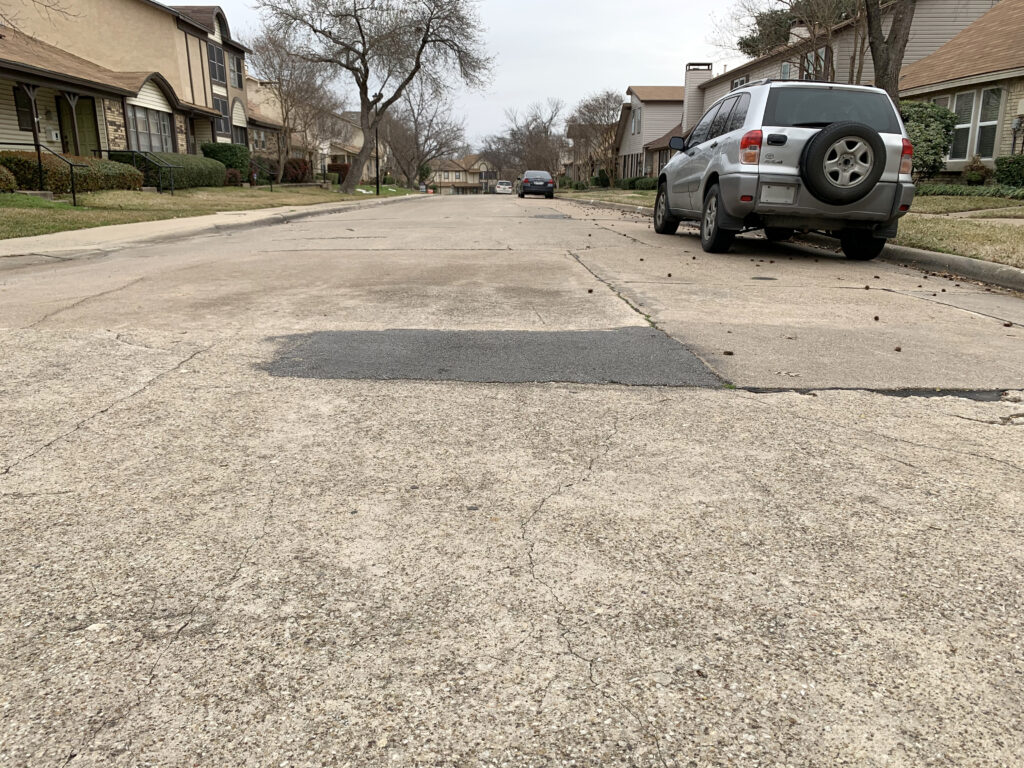
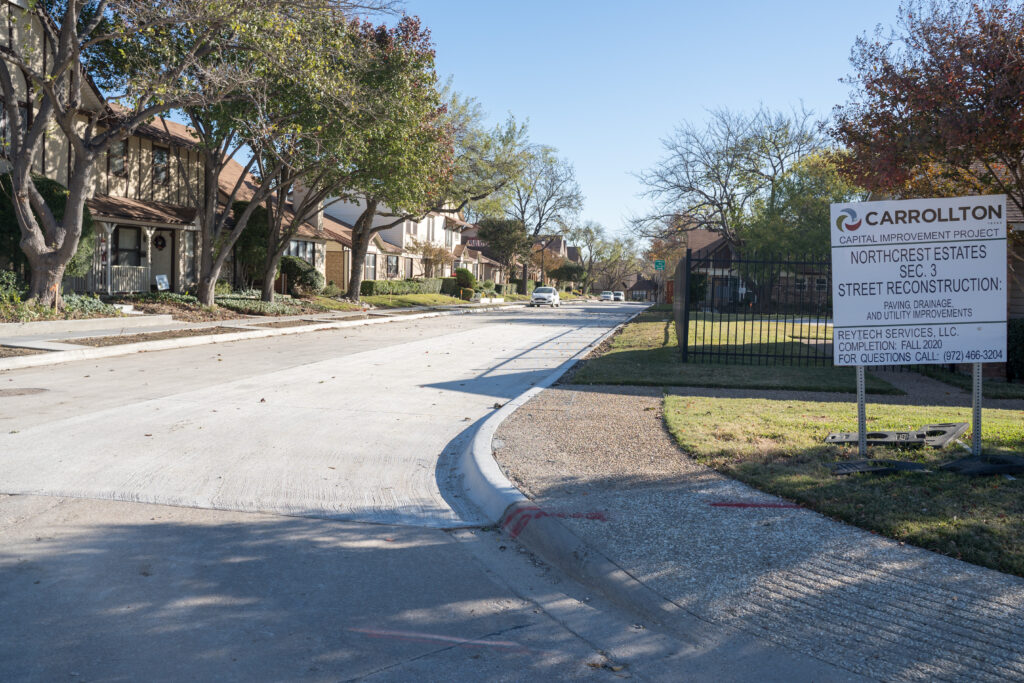
Benefits from Improvements
Replacing a utility, pipe by pipe or line by line, can take cities years to accomplish and they might never get ahead of the maintenance curve. Neighborhood reconstructions and associated packaging can replace or improve a wide breadth of utilities within a short time frame, if completed correctly. Working with the City of Carrollton, Wheat stresses communication is key, especially when projects are being packaged. “(Our consultants) did a fantastic job of communicating with our Project Managers and providing recommendations for cost savings and an overall smoother experience.”
The Future of Neighborhood Reconstructions
The City of Carrollton has seen success in its neighborhood reconstruction program for the last 20 years. It continues to look at ways it can improve other neighborhoods in this fashion. Working with good partners, Carrollton hopes to repeat this style of project management because “working with a team that stays on top of deadlines and quickly responds to questions and markups from our team helps make the entire project run smoother.” Wheat summarizes it this way, “Without the strong communication skills paired with the technical skills, there could have been multiple opportunities for increased costs on the projects, questions surrounding status, and, ultimately, a worse end product for our citizens. The ability of the team to communicate with City staff properly and accurately was crucial to the success of both projects.”
